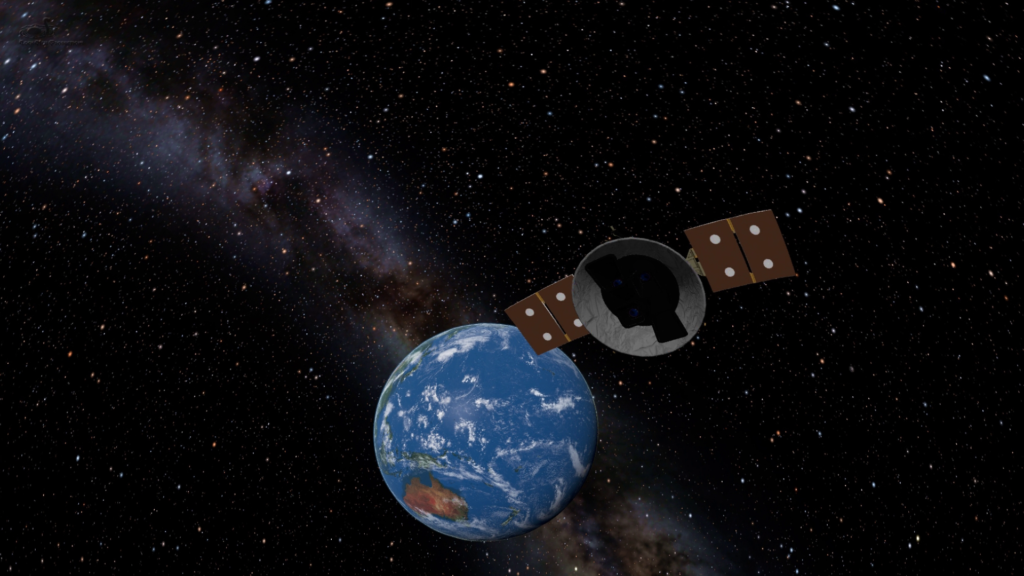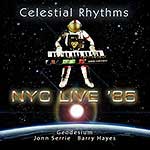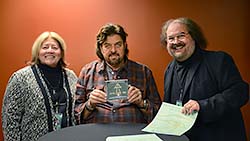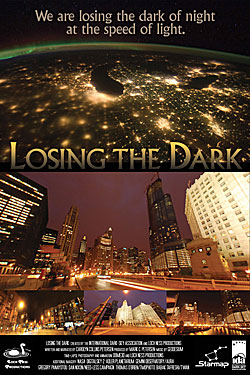Part One: Delving into Exoplanet Science and Searches
It’s hard to believe more than a quarter-century has passed since the first confirmations of exoplanets around distant stars. The actual detections of these distant worlds actually began much earlier in the 20th Century. I’ve seen references to one made as early as 1917, but it never confirmed as a planet. The technology for confirming detections of distant worlds really began to mature in the 1990s, and the methods astronomers use to do this important work continue to improve.
These days, we know of thousands of worlds orbiting other stars, and more are found through both space- and ground-based observations all the time. That story of exploration is the basis for our latest show, EXOPLANETS – Discovering New Worlds. This article, and several others that follow over the next few weeks, will delve a bit more deeply into the complex of science topics that are part of the search for these distant worlds.

I became fascinated with the topic of exoplanets in graduate school (the 1990s). This was about the time the first confirmations of planets around a pulsar reverberated throughout the astronomy community. Of course, as an avid science fiction reader, I’ve read for years about alien worlds. They are a staple of the genre. So, it was just a matter of time before astronomers could find them in real life.
An Exoplanets Numbers Game
Today, nearly five thousand distant worlds have been confirmed as exoplanets (and thousands more candidates are detected). Based on current confirmations, astronomers estimate the Milky Way Galaxy has billions of planets.
Given those kinds of numbers, I knew I had to tell this story. To begin with, it’s a tale of technology giving planetary scientists and astrobiologists unprecedented technological access to distant worlds. While they haven’t yet directly imaged the surface of a world around another star, astronomers learned enough to characterize those distant places. Sometime in the not-too-distant figure, images will come.
Worlds of Many Types
Within the group of confirmed extrasolar planets, astronomers now can separate them into categories—such as gas giants, Neptunians, super-Earths, and terrestrials. Gas giants are similar to our Jupiter or Saturn. The Neptunians are, well, like Neptune, but often larger.
Super-Earths and terrestrials are more like Earth, in various ways. They are where astronomers can search first for habitable environments. That’s important because, in many ways, the hunt for exoplanets IS a search for places where life might exist elsewhere in the universe. And, what better place to start than at a planet that’s similar in ways to the one we already live on?
Visiting Alien Worlds in Our Imaginations
In EXOPLANETS, we talk about search methods and planetary types, and through the “magic” of CGI visualizations, we can visit worlds to see what we think they might be like. Imagine visiting the first worlds discovered to orbit a pulsar—the rapidly spinning remnant of a massive star. Or think about what an ocean planet inside a star’s habitable zone might be like, or a volcanic world still molten from the heat of its formation. Finally, consider what it will be like when we do find a planet that harbors a technological civilization. That’s the stuff of science fiction for now, but if “they” are out there, chances are good our searchers will eventually find them.
We show those imaginary (but possibly real) worlds in EXOPLANETS. I was fortunate to have an extensive set of CGI-generated planets to illustrate this show. We also edited or created scenes using tools at hand such as Evans & Sutherland’s Digistar 6 program. (We have been very proud to use this software and really appreciate the work that the folks at E&S put into their product.) During production, we were also fortunate to have technical assistance and advice from fellow Digistar user Justin Bartel, of the Science Museum of Virginia.
The result is an immersive fulldome video that blends science, documentary-style storytelling, and a touch of science fiction into a compelling look at our search for planets around alien worlds.
We invite our planetarium colleagues to make EXOPLANETS – Discovering New Worlds an integral part of their fulldome repertoire. It’s an approachable, accurate, imaginative—and affordable—story of exploration beyond our solar system for worlds beyond.




